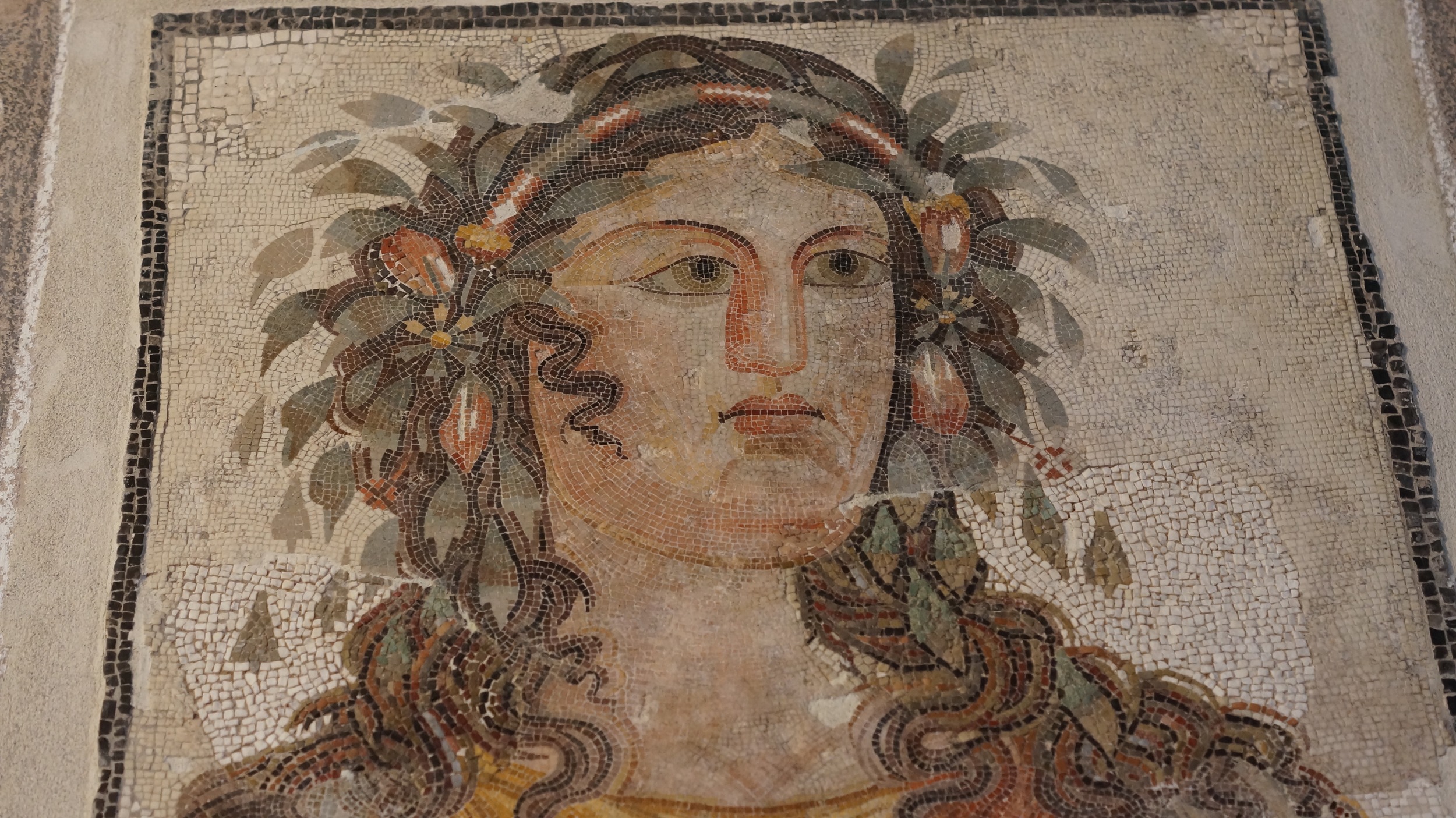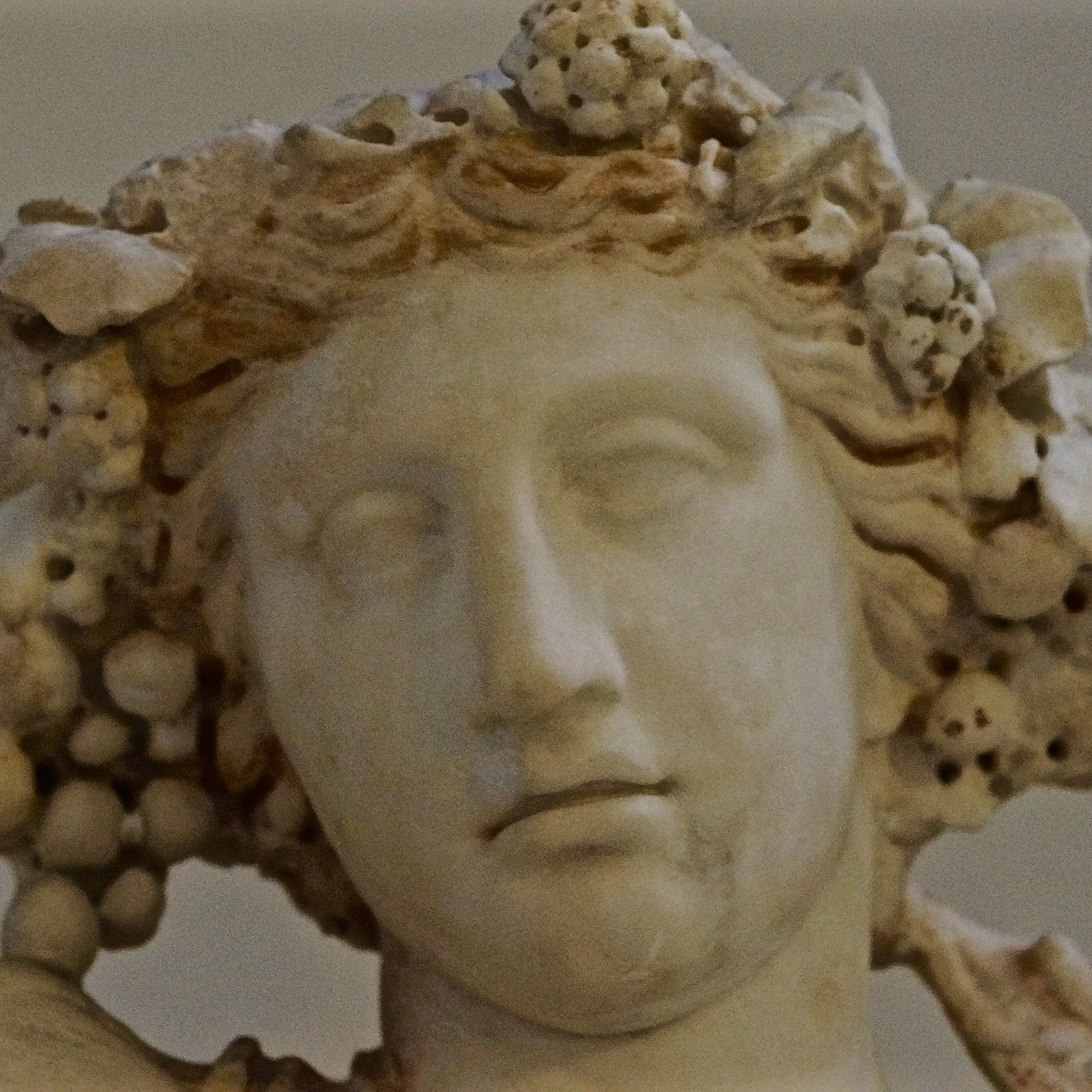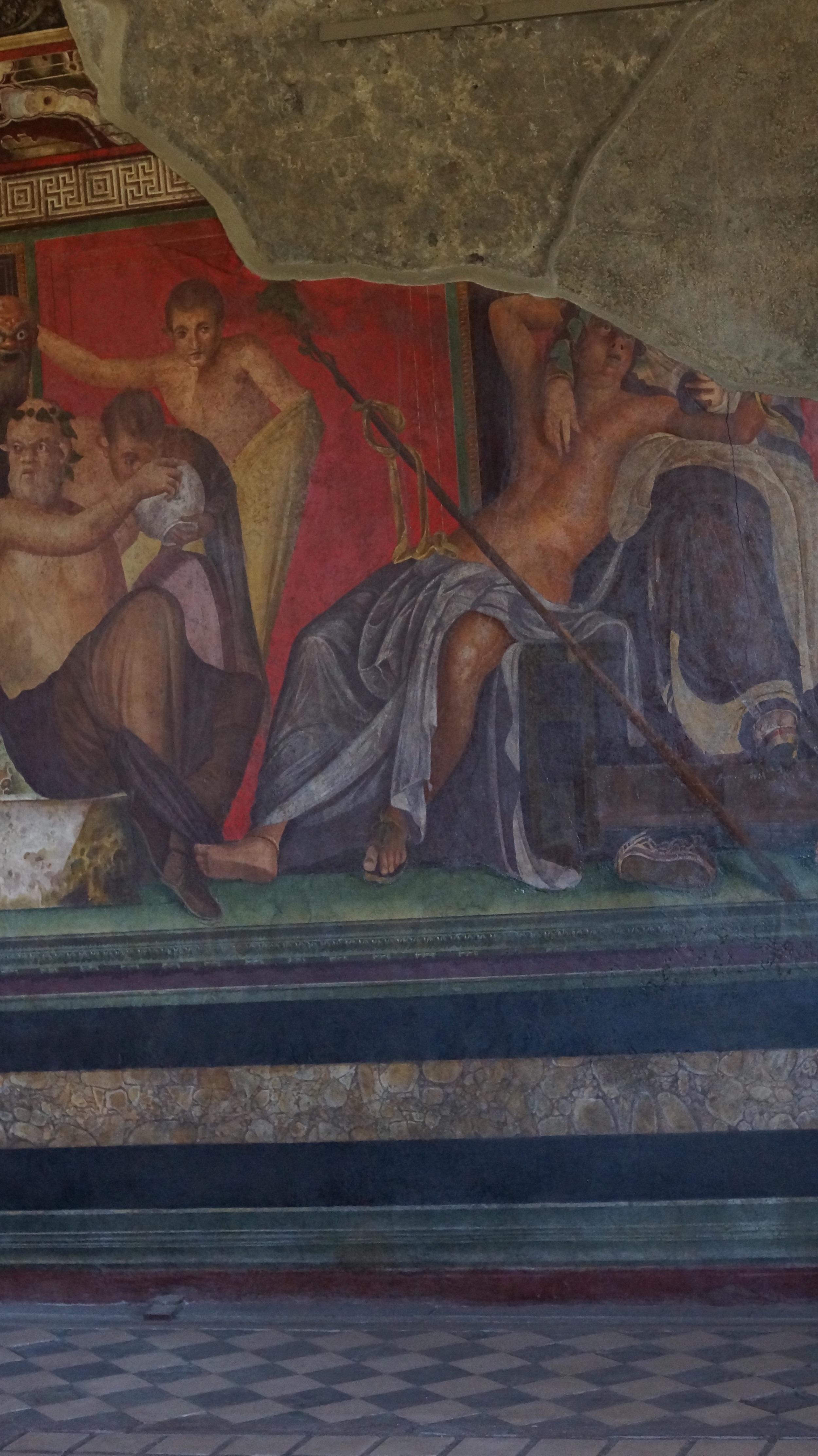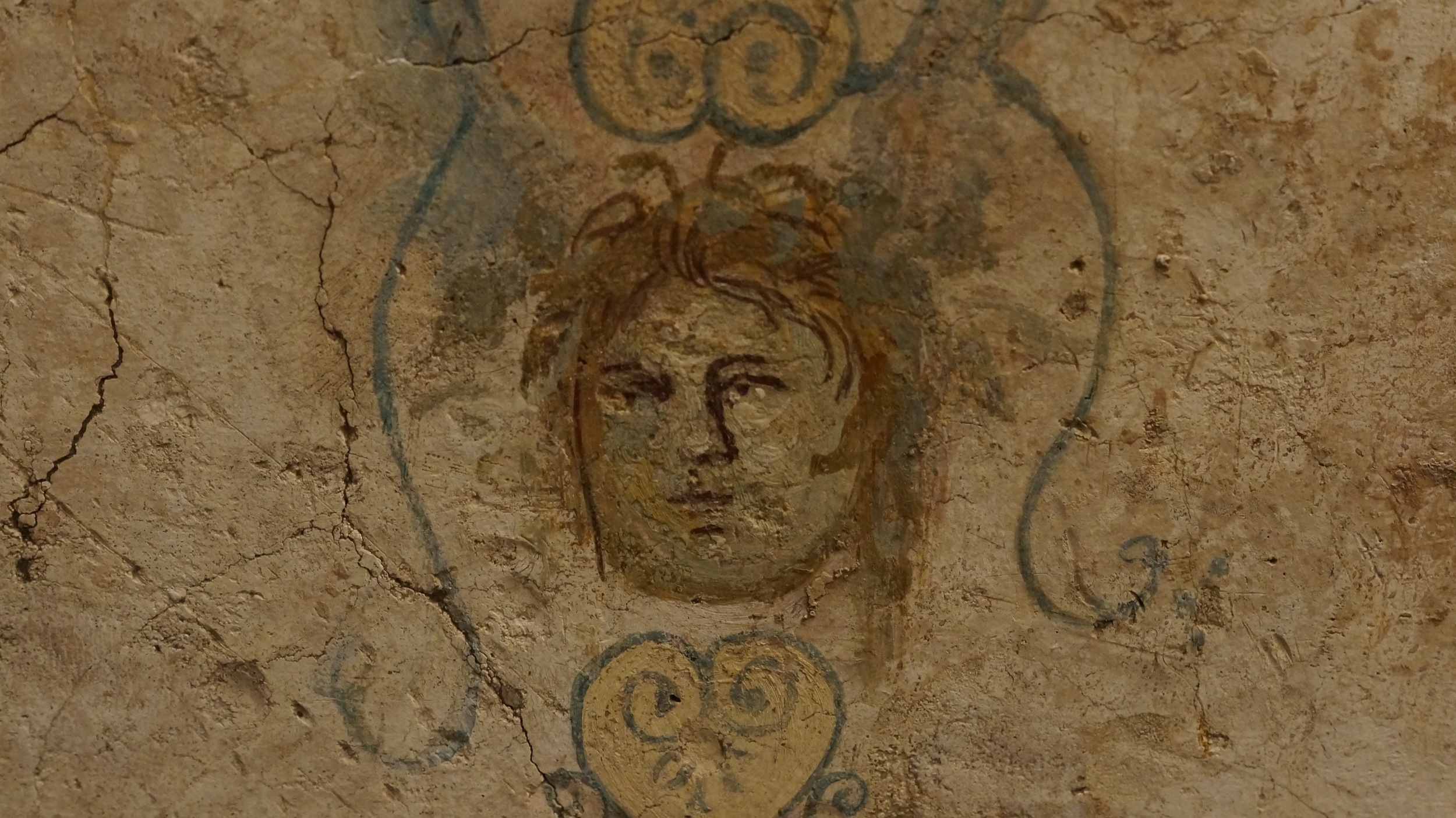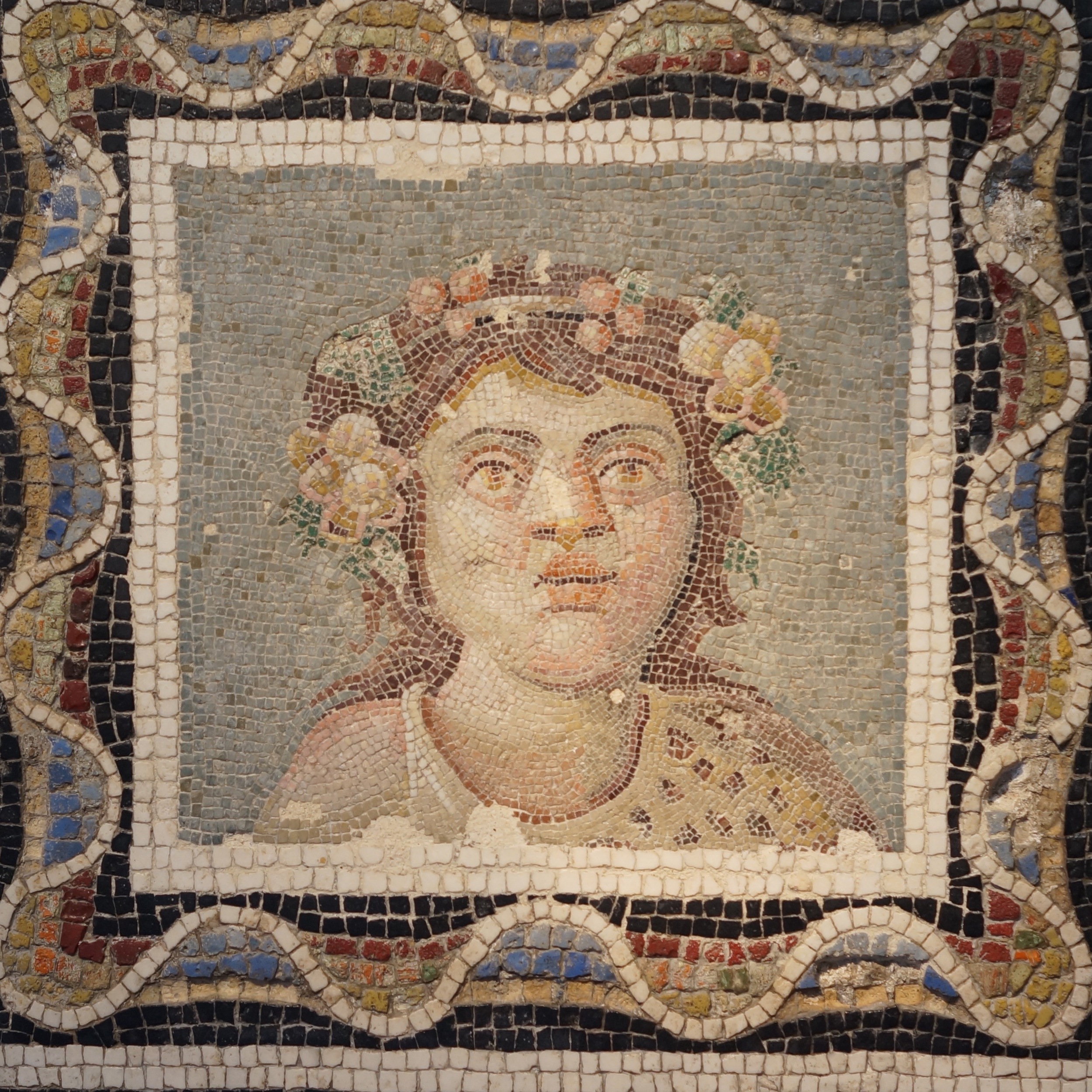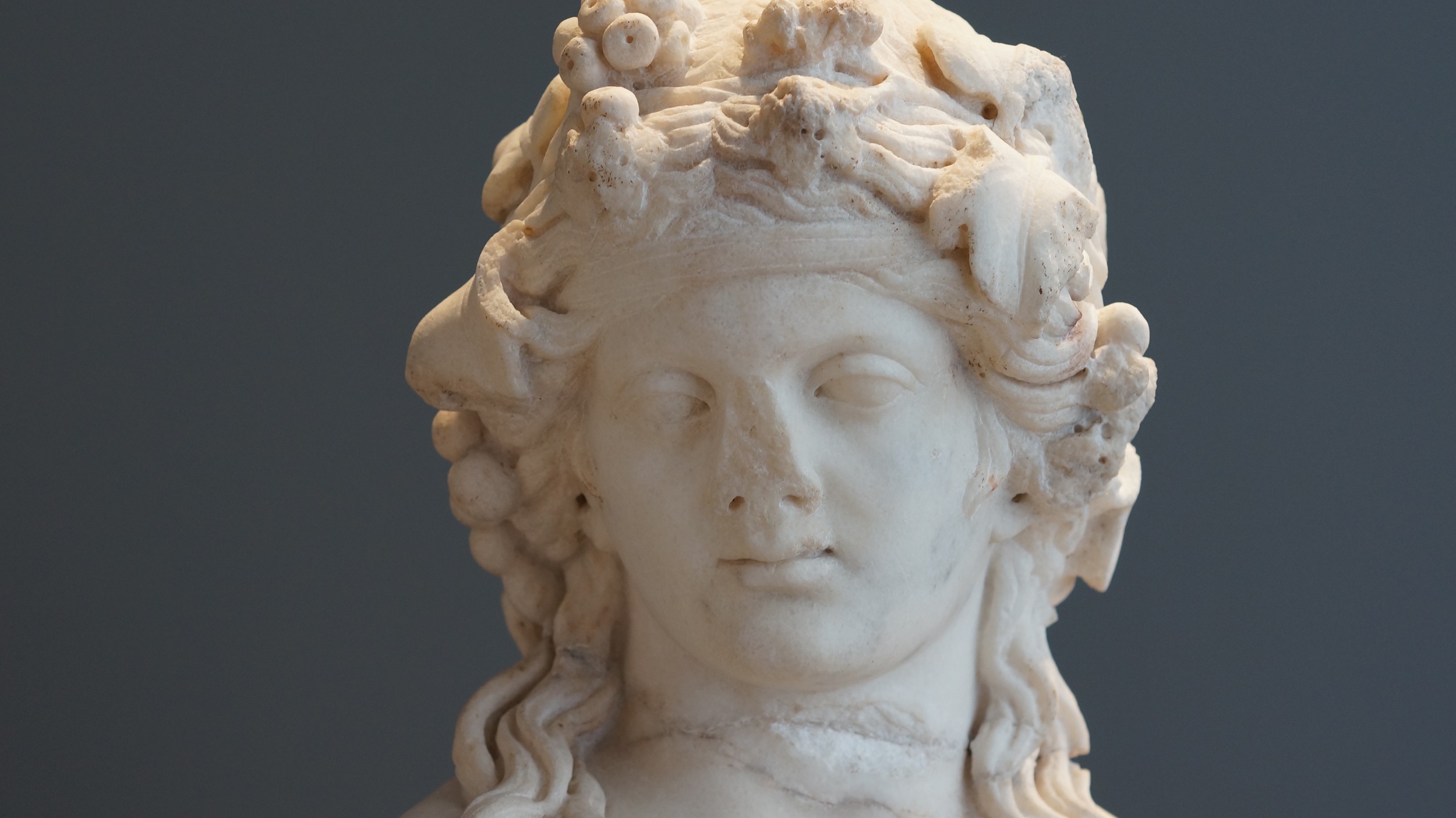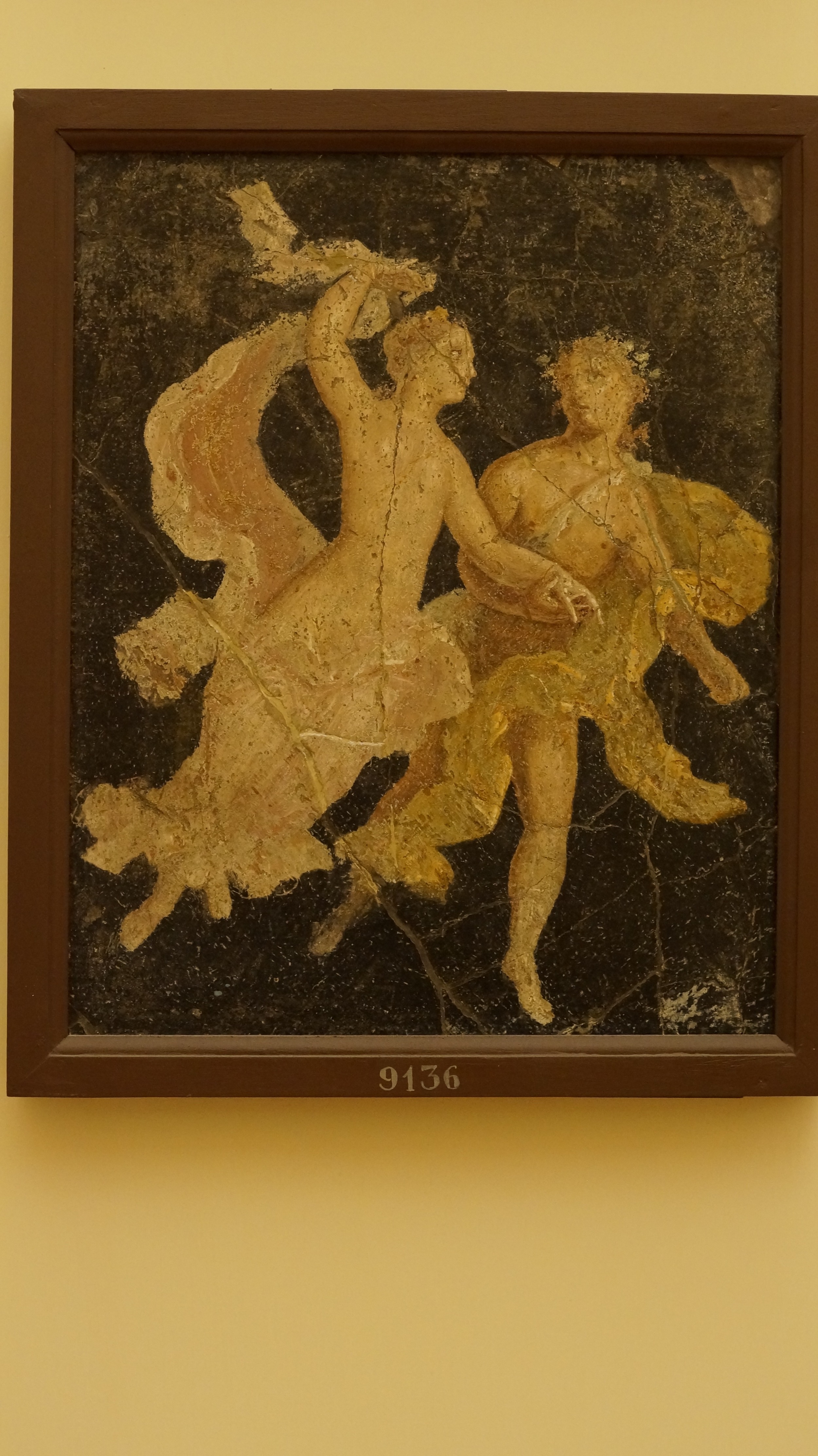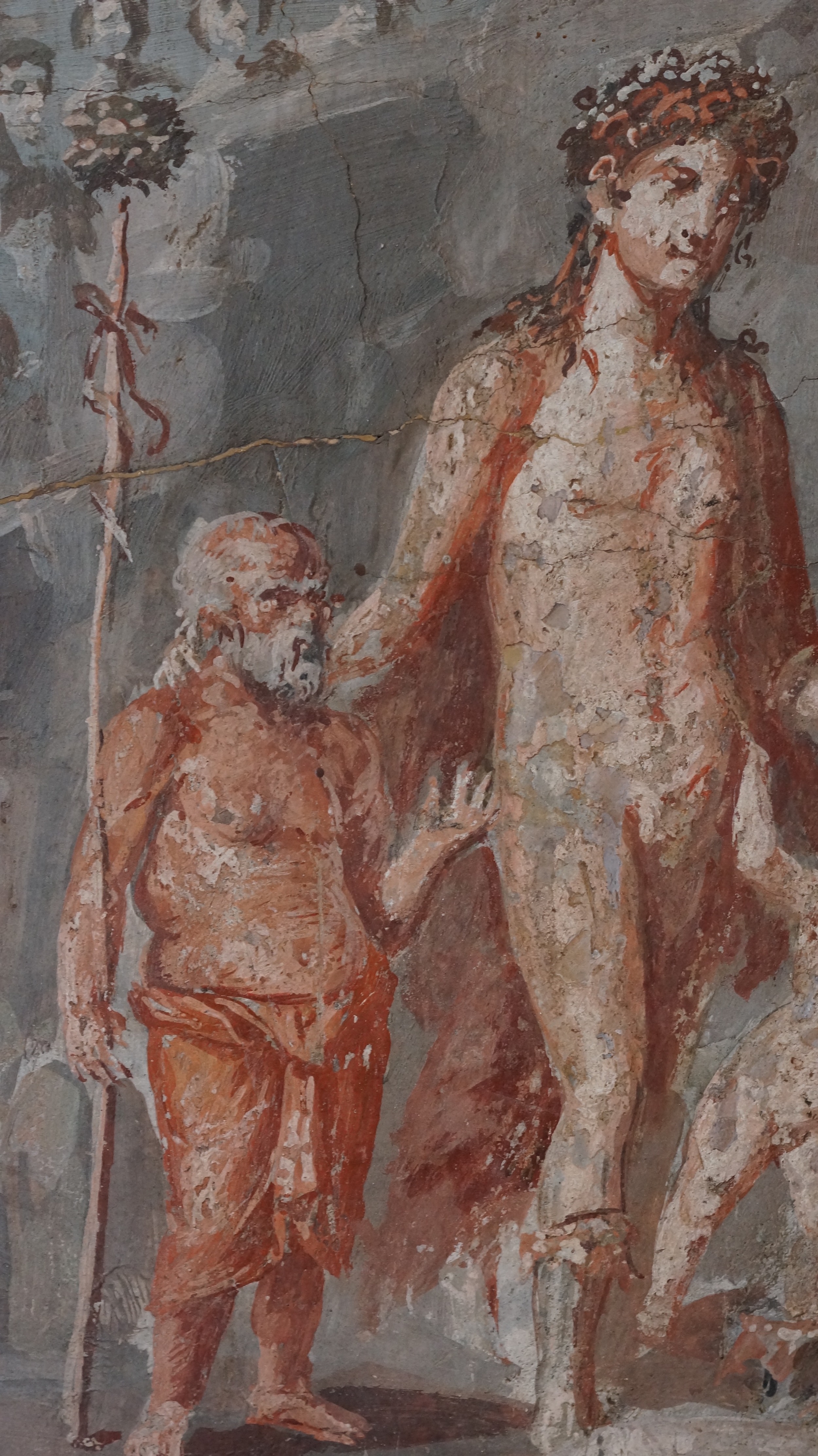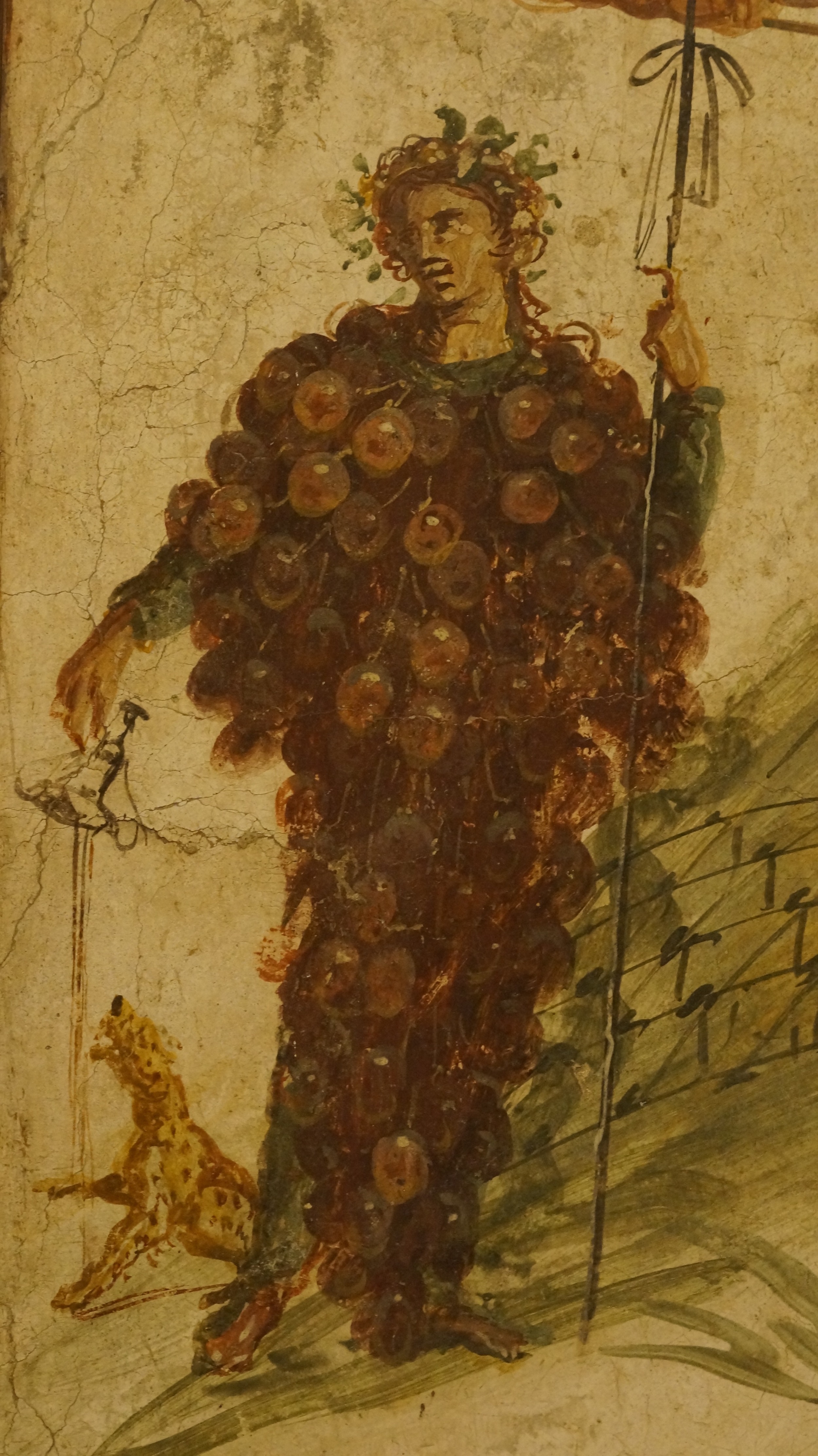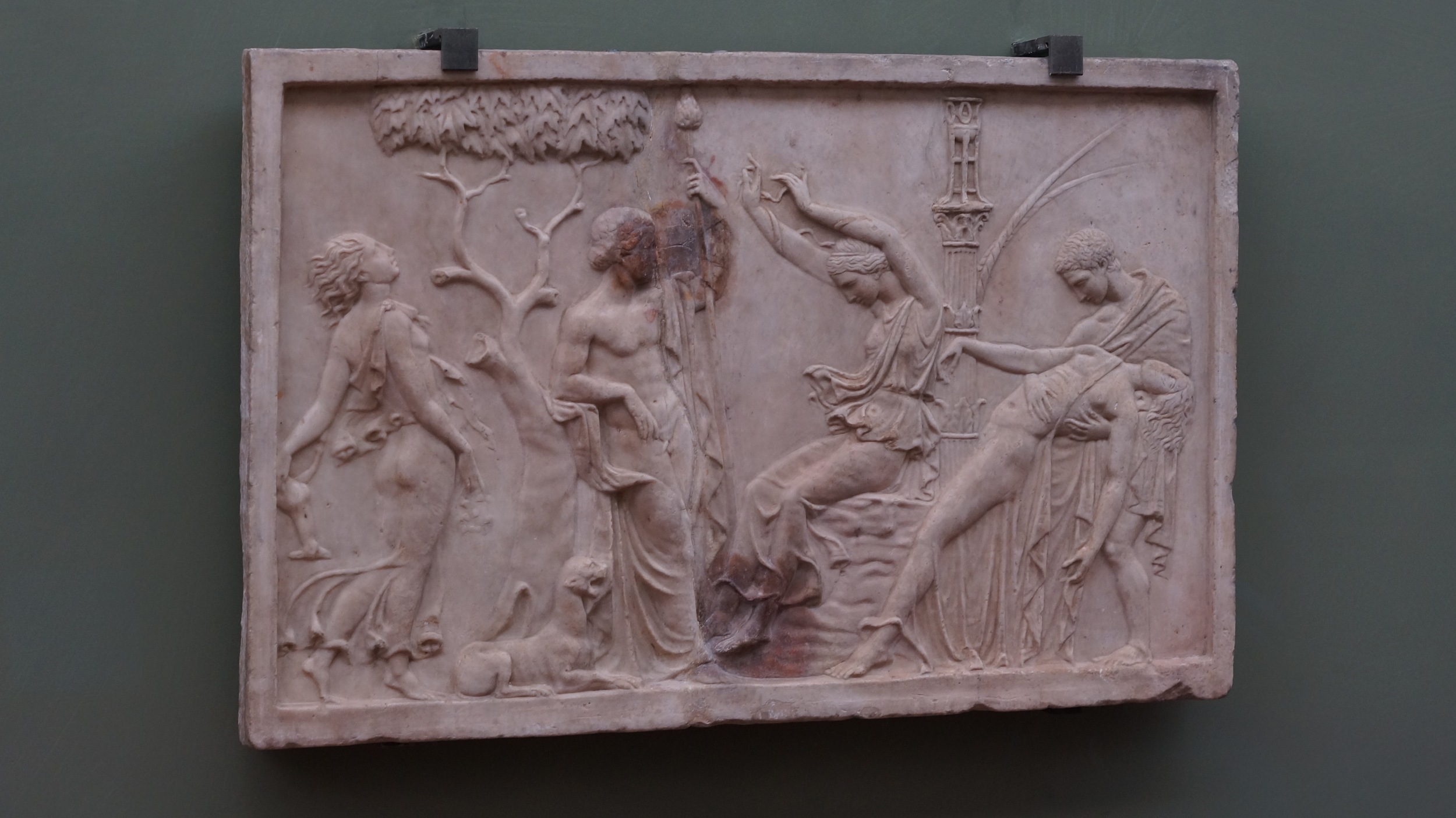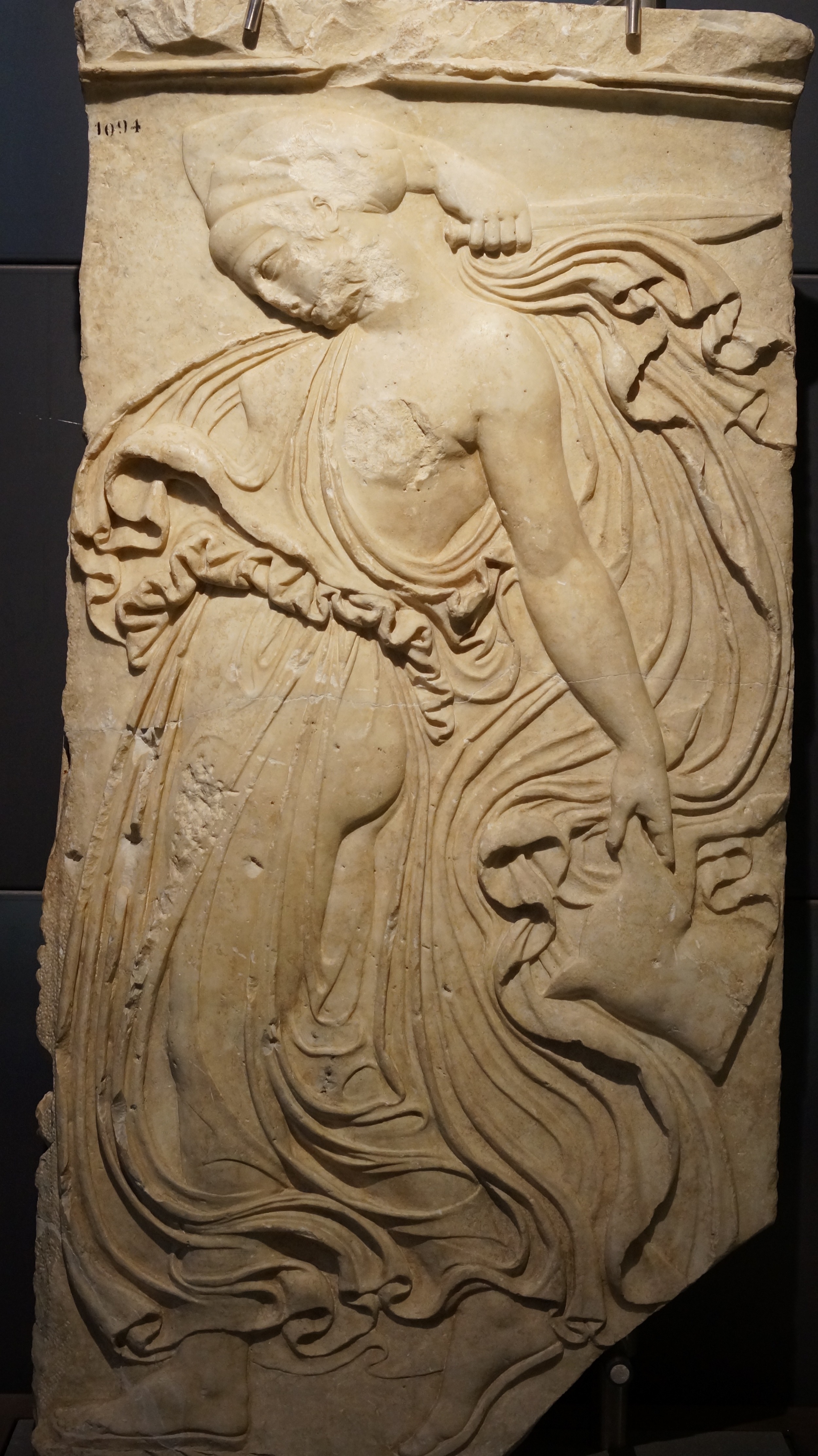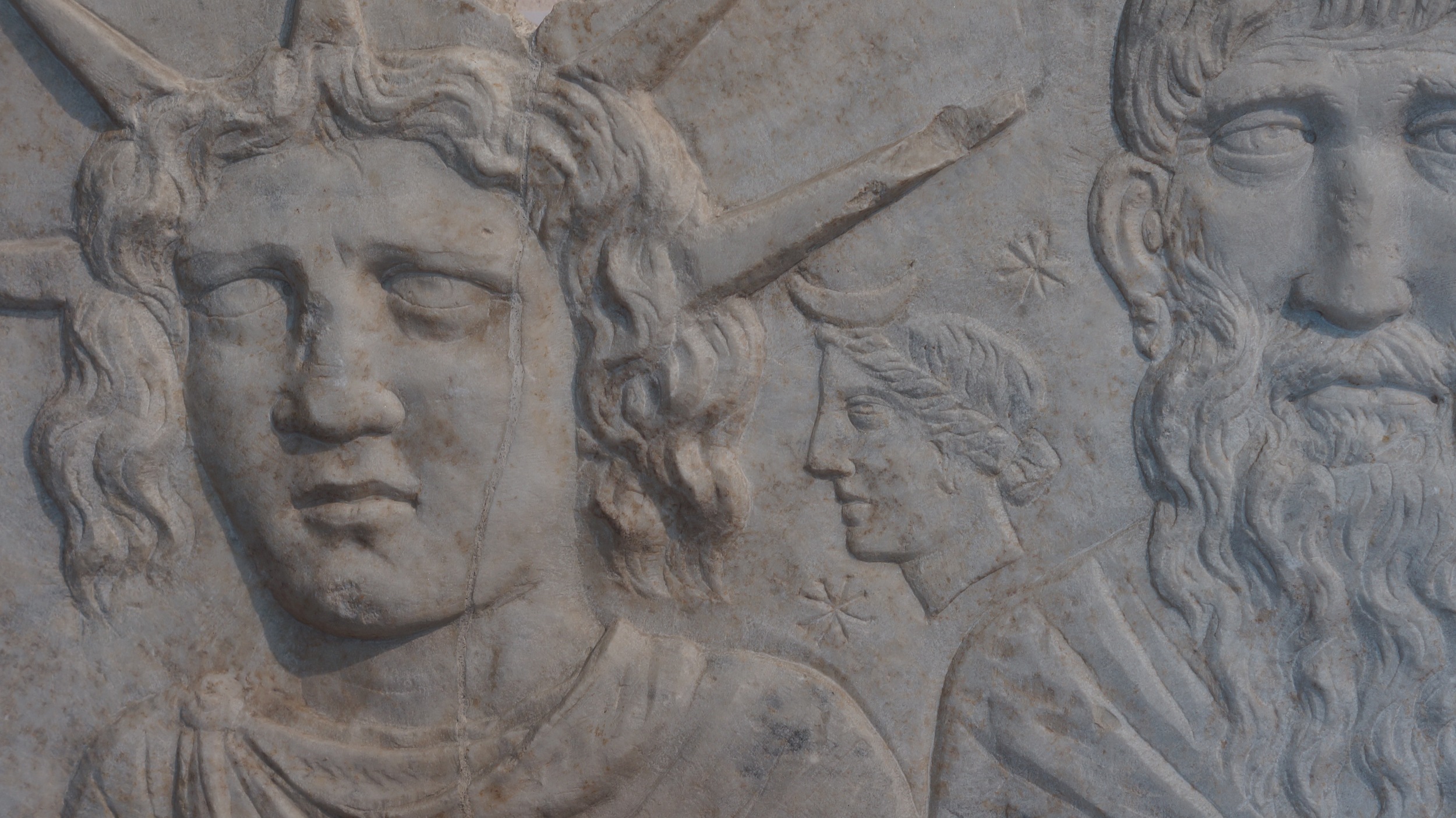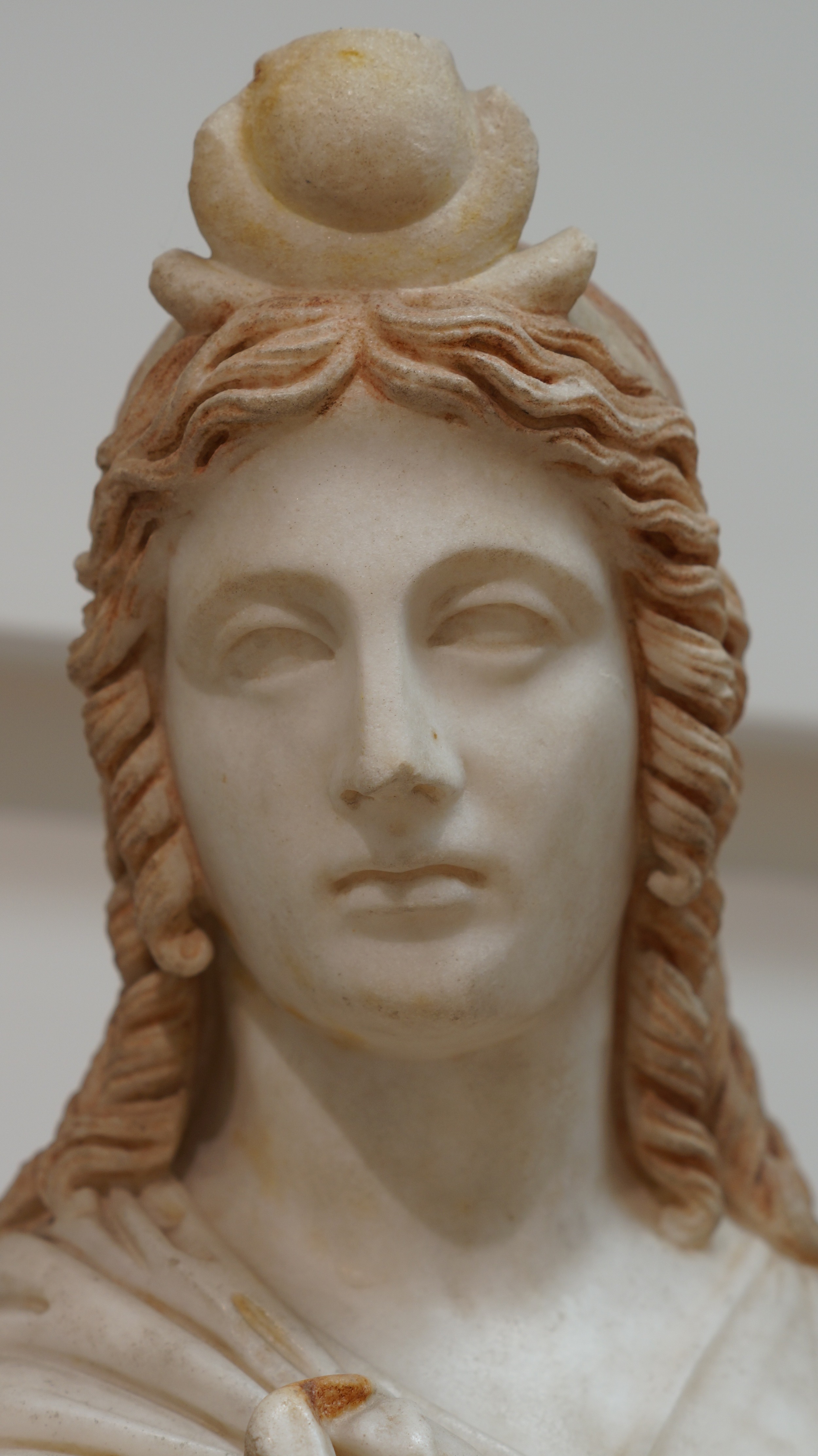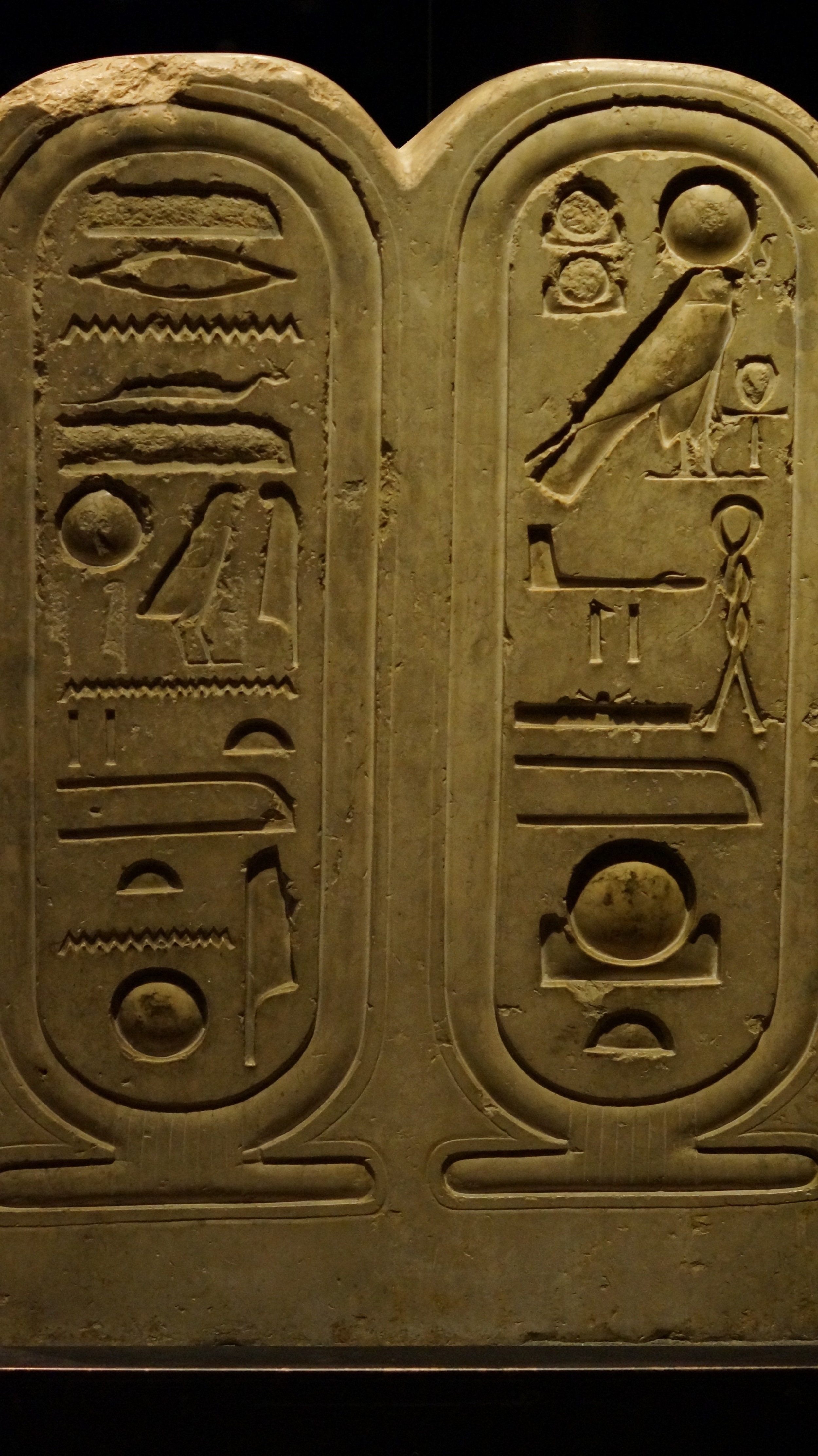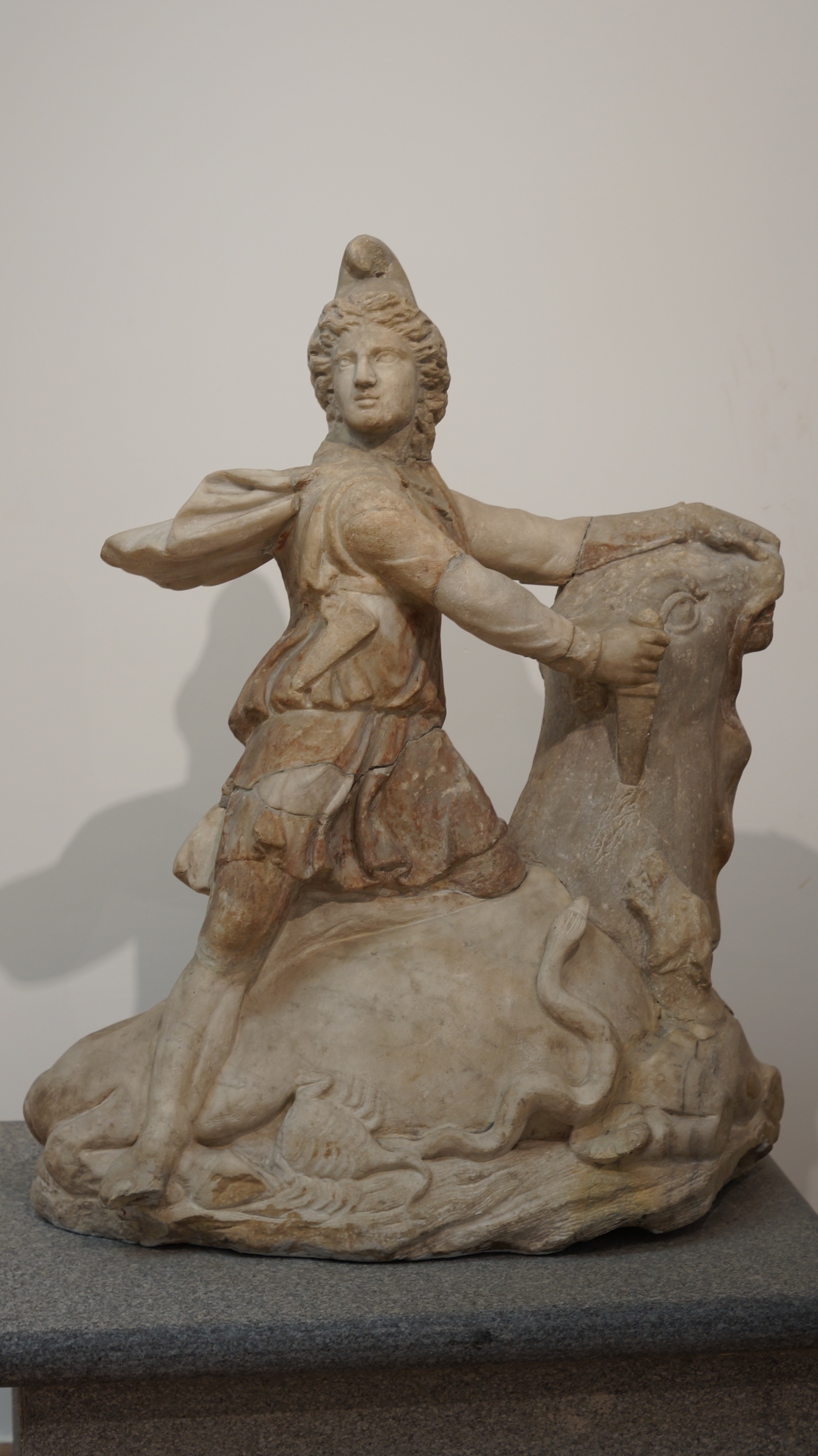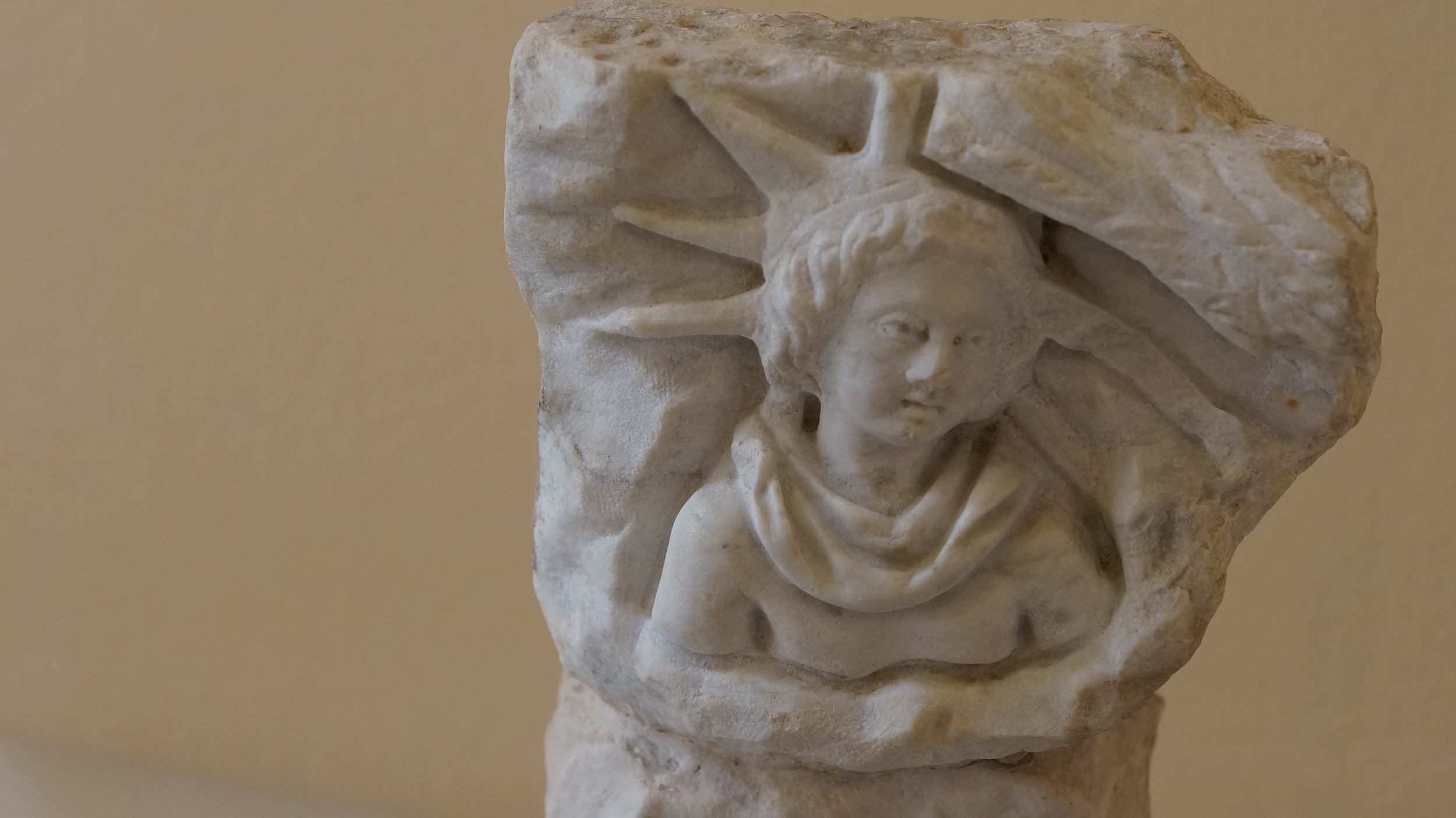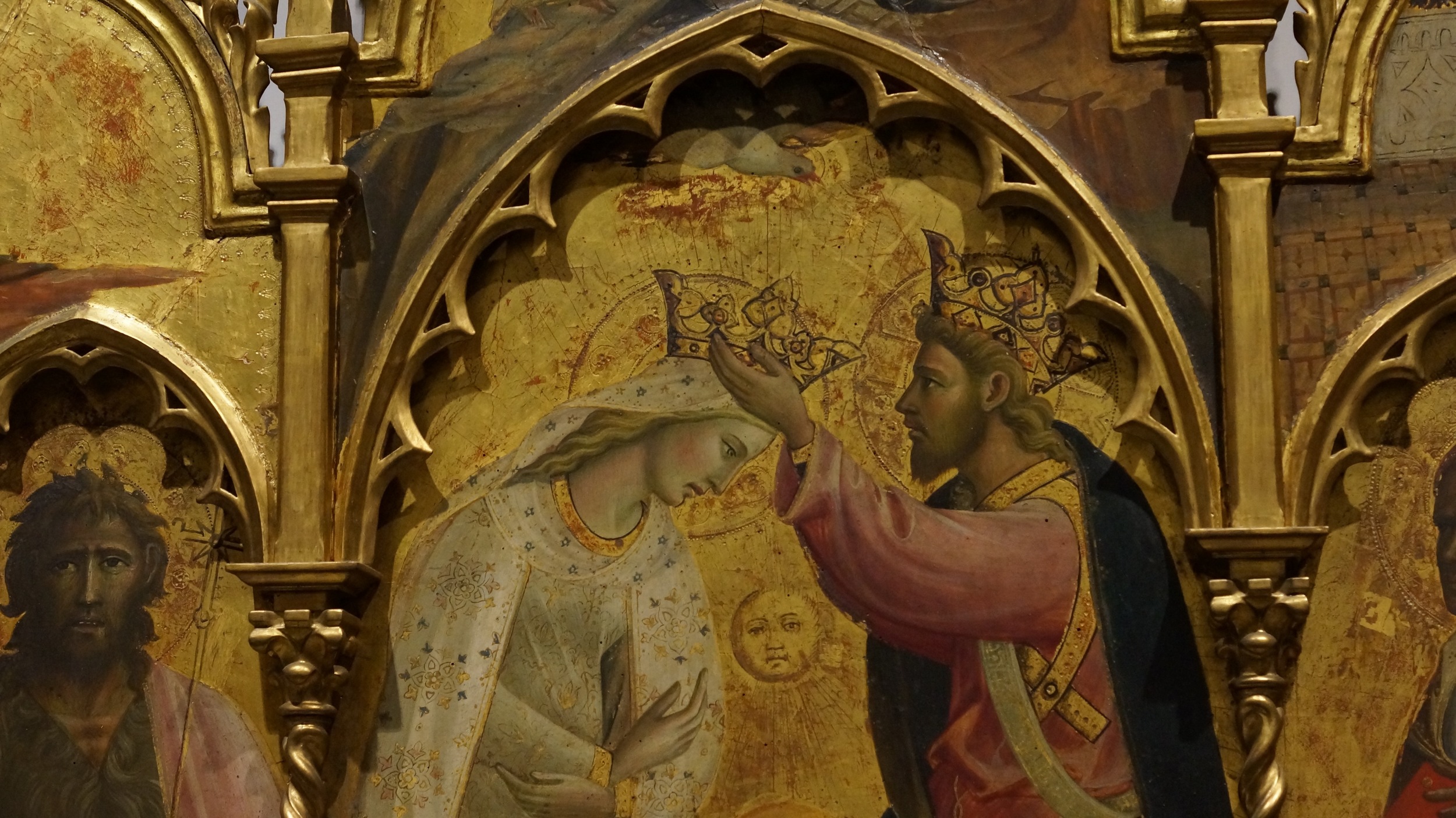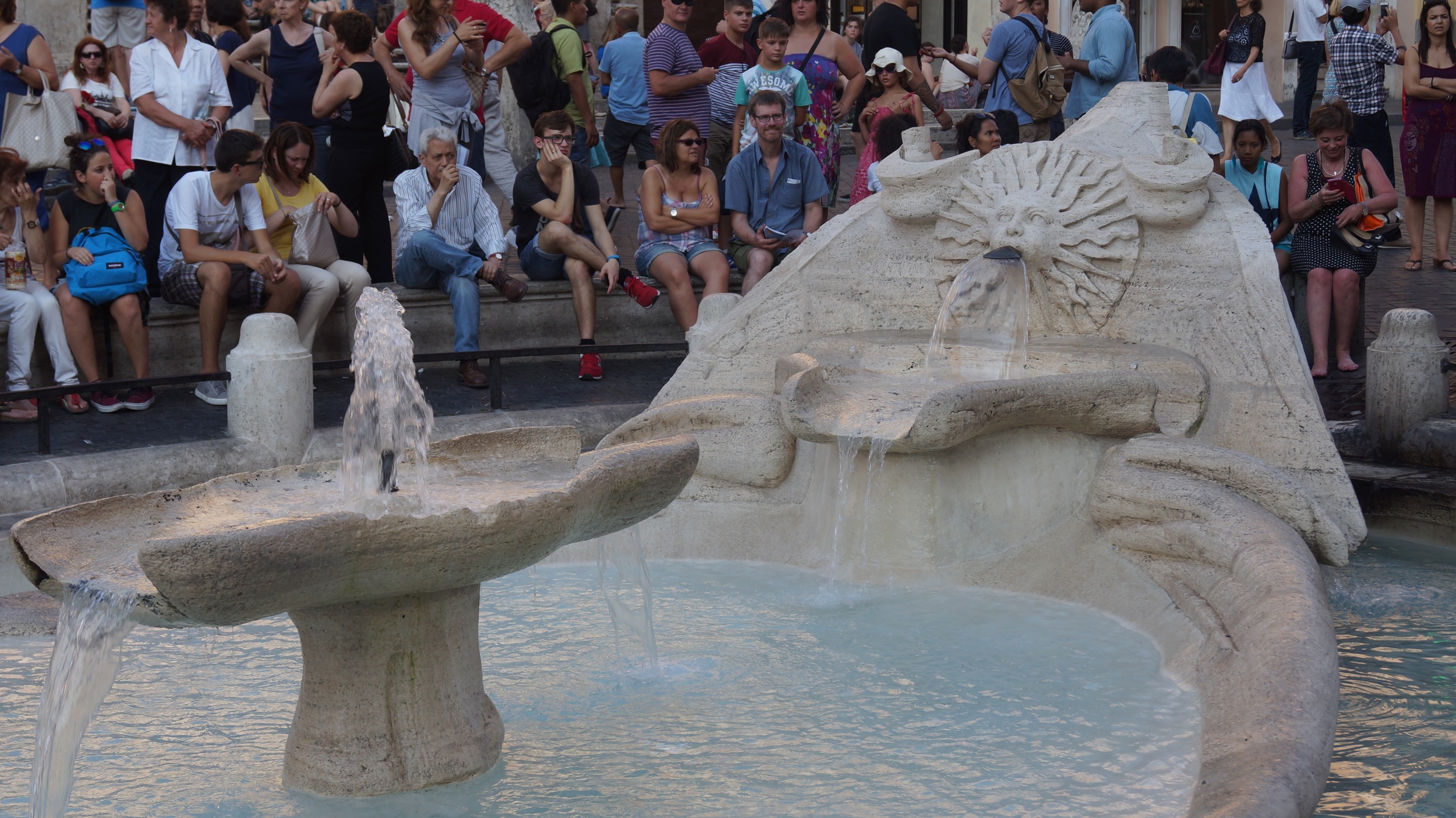The seminar investigated ancient initiatory religions this week, trying to sort out the goings-on in Eleusis. I haven't thought hard about Eleusis and the Demeter rites for about twenty-five years, so it was pleasant to study that material in a more substantive manner this week.
I was very aware this time through the material of the attractiveness of the rites. I didn't find myself asking why someone would want to be initiated, a question that engaged me as a young person. Why would anyone want to haul a pig down to the sea, wash it and sacrifice it? Why would anyone want to parade for 12 miles from Athens to Eleusis, bringing the sacred objects with them and be mocked along the way? Why would anyone want to drink an unknown substance, eat BBQ, and then watch a drama of the emergence of Kore from the Underworld in a cave at night? Why would anyone want to tramp around in mud, lead by hand in the dark, only to be blinded by light and then shown a grain of wheat in a basket? And to do this twice?!
Other than the fact that this sounds to me now more like a big party and a haunted house escapade than it did twenty-five years ago, I think my age is catching up with me. Because now I see the death aspect even more prominently. If I were part of a culture that taught that Persephone, the Queen of the Underworld, emerges every year in a cave in Eleusis, and that if I went through the rites, I would visit the Underworld and meet Persephone and Demeter so that when I die I would have a wonderful afterlife, I would have been the first person in line. To think that this journey was performed, so that initiates felt that they had actually experienced the journey through Hades and met the gods, well that is attractive beyond measure. I would have felt like I had faced death and conquered the unknowable, so that my life could be lived even more fully.
An experience like that breaks down human culture into a few startling breaths: to be human is to die; to be human is to live in the face of our death.
Is human culture our response to the knowledge of our mortality? Not just religion, but everything we have produced, everything that makes up human culture as Jan Assmann says in his book
Death and Salvation in Ancient Egypt
?
I want to end with three quotes:
"Happy is the one who having seen these rites goes below the hollow earth, for that one knows the end of life and its god-given beginning." Pindar, Fr 137a
"Three-times blessed are those mortals who have seen these rites and thus enter into Hades. For them alone there is life. For the others, all is misery." Sophocles Fr 837
"The Ninetieth Psalm prays, 'Teach us to count our days, that we may gain a wise heart.' 'To count our days' means to hold each day dear, knowing that life is finite. The days derive their value from their end; since we must die, we 'count' our days. Death gives life its value, and wisdom consists in being aware of this value." Jan Assmann,
Death and Salvation in Ancient Egypt
, 8.
This is day 17188 for me.









































































